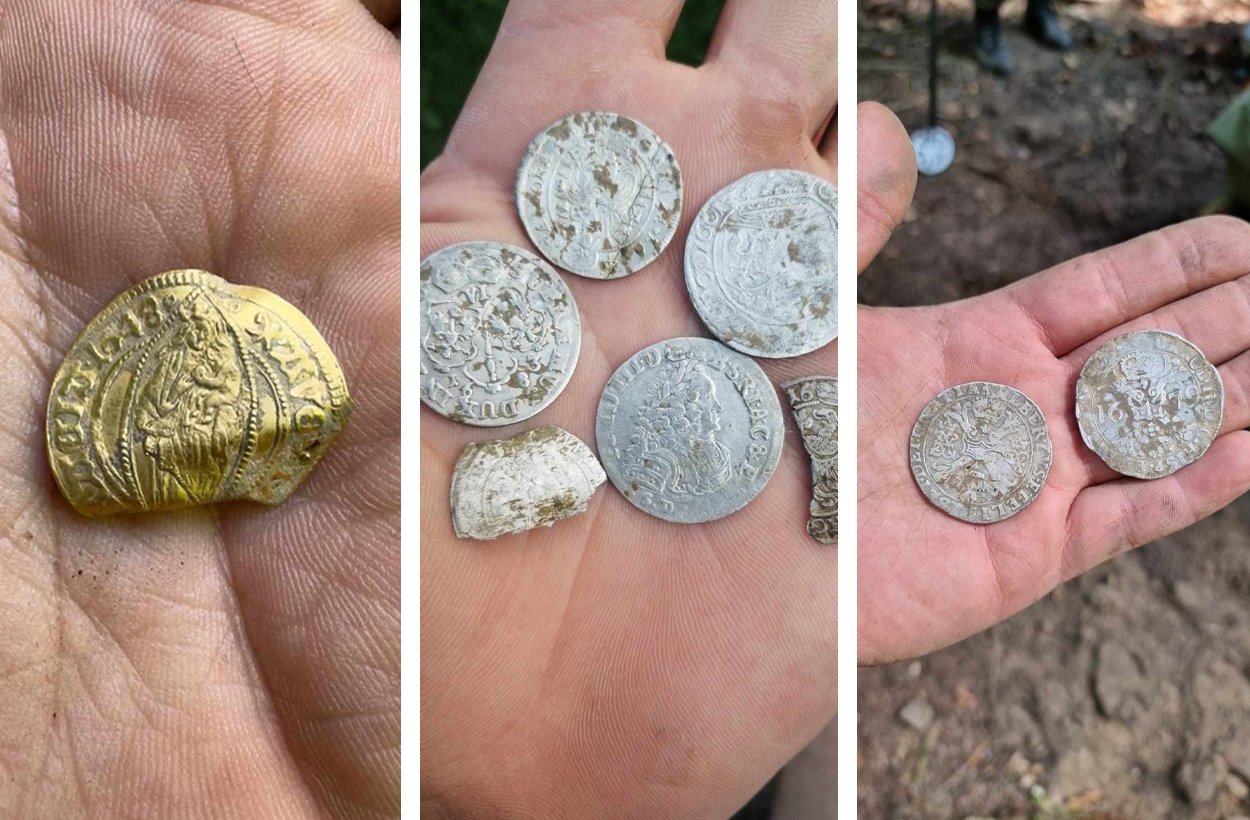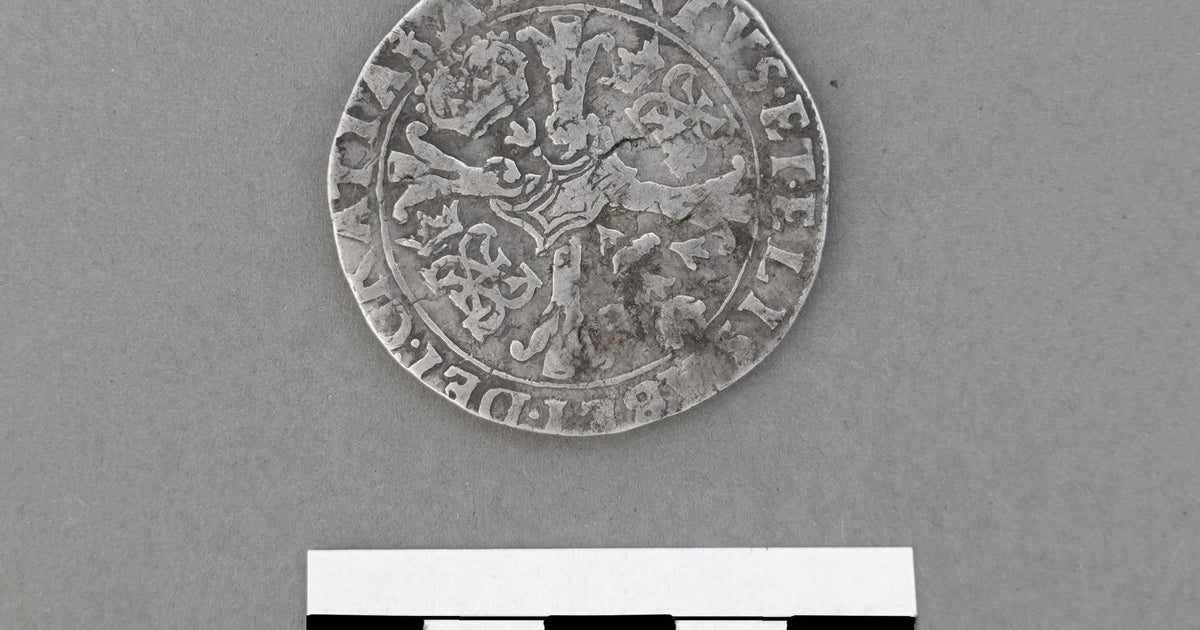
In the 17th century, a notorious conman named Anthony Jaczewicz is believed to have hidden a treasure of gold and silver coins in the Świętokrzyskie Mountains in central Poland. The discovery of this hoard has shed new light on the legend of Jaczewicz, who exploited desperate civilians during a time of war and plague outbreak by claiming to have healing powers.
According to local folklore, Jaczewicz arrived in the area around 1708 and established a settlement at the same time that a widespread and deadly plague hit Poland. Using his position as a preacher, he spread rumors of his supposed healing abilities and attracted many people seeking cures.
The con was so successful that Jaczewicz was able to amass a small fortune. He hired security who often stole property from others in the settlement, and even turned his hermitage into a mountain fortress with armed guards.
However, Jaczewicz's deceitful ways did not go unnoticed for long. He was eventually captured by aristocrats but managed to escape detainment. He was later tried and convicted in 1712 by a court in Krakow.
The treasure hoard, which includes coins from the 17th and 18th centuries, has been transferred to the Historical and Archaeological Museum in Ostrowiec Świętokrzyski for preservation and study. The conservation and detailed numismatic analysis of the hoard may provide more answers about the past of this deposit.
The most interesting coin among them is a 1648 gold Hamburg ducat featuring the depiction of the Madonna and Child. This coin, along with others in the hoard, offers valuable insights into Poland's history during this period.
Despite his notorious reputation as a conman and false prophet, Jaczewicz's legend continues to captivate people today. The discovery of his treasure hoard serves as a reminder of the complexities and contradictions that can exist within human history.


